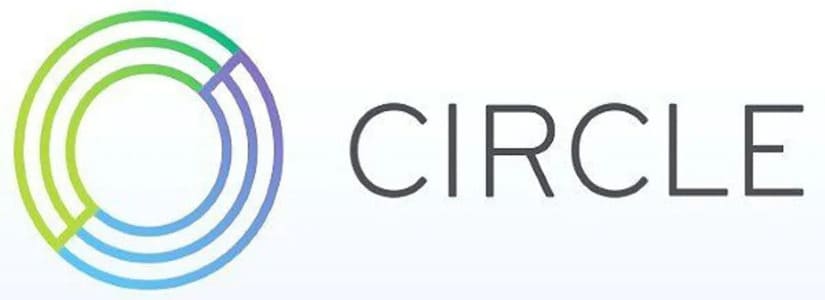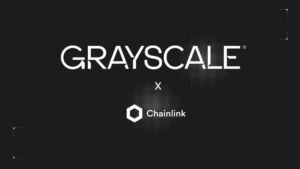TL;DR
- Circle and Paxos tested a system that authenticates payments with stablecoins, allowing each token to be traced back to its issuer and reducing the circulation of counterfeit tokens.
- The initiative was developed with Bluprynt, using blockchain and cryptography to provide verifiable proof of the origin of digital assets.
- The technology aims to comply with regulations, protect investors and auditors, and facilitate the expansion of stablecoins.
Circle and Paxos have tested a new system to authenticate payments made with stablecoins, designed to reduce the circulation of fake tokens and increase transparency in digital transactions.
The initiative was carried out in collaboration with Bluprynt, a startup founded by Chris Brummer, a law professor at Georgetown, which combines blockchain and cryptography to verify the origin of digital assets. The technology allows each token to be traced back to its verified issuer, providing a concrete tool for companies and investors seeking to ensure the legitimacy of their holdings.
The pilot developed by Paxos and Circle provided a proof of concept that makes it easier to identify legitimate tokens from imitations. According to Brummer, the solution offers clarity from the moment of issuance and simplifies the management of information regarding the provenance of assets, which can be useful for auditors, regulatory authorities, and investors in stablecoins. This type of technology aims to prevent losses from fraud and impersonation attacks, issues that have been recurrent in the digital asset industry.
Circle and Paxos Prepare the Market for the Implementation of the GENIUS Act
The pilot is an effort to adapt to the growing regulatory requirements being implemented in various countries. Stablecoins are frequently used as a payment method or store of value within crypto ecosystems. However, their security depends on how they are issued and managed, and analysis firms such as Chainalysis have noted that risks are varied and persistent. The technology developed by Circle and Paxos provides a method to minimize these risks and deliver verifiable evidence of asset ownership.
Circle manages USDC, the second-largest stablecoin by market value, while Paxos supports the infrastructure behind PYUSD, PayPal’s stablecoin. Both companies anticipate that the number of firms issuing these types of assets will increase with the implementation of the GENIUS Act, legislation that establishes a regulatory framework for dollar-backed stablecoins.
With the integration of this authentication system, the crypto market shows signs of operational and regulatory maturity. The ability to trace each token to its issuer and guarantee its legitimacy provides investors and authorities with a level of transparency that was previously limited













